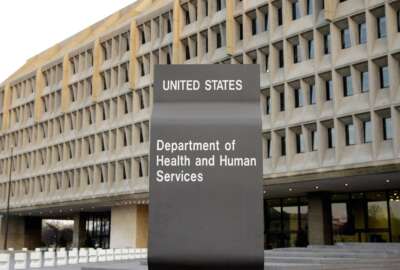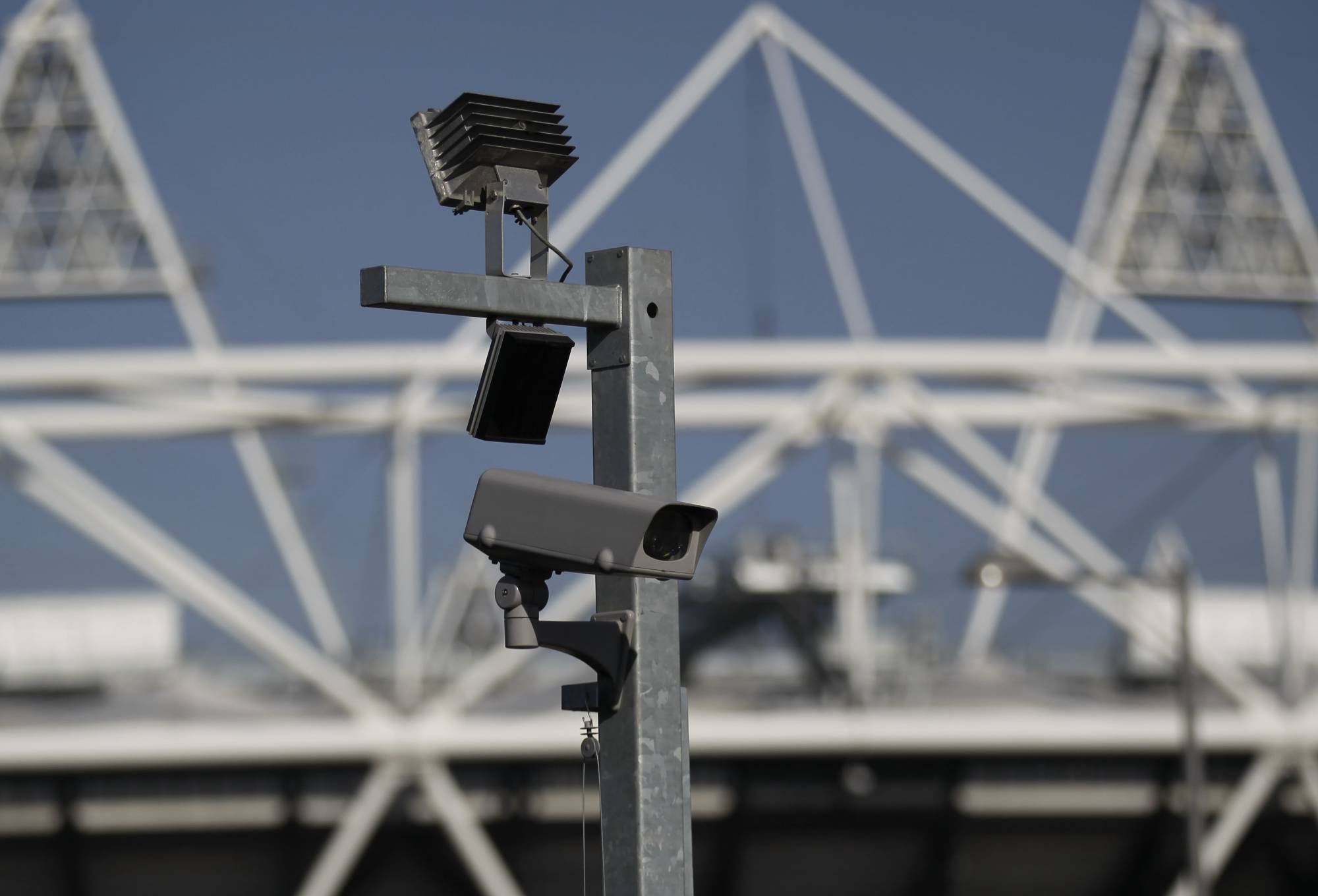Like it or not, your ugly federal office building beckons
After something like 8,000 Federal Drive with Tom Temin interviews over the years, I really can't name a single favorite. This past week, though, the most fun...
I often get asked, who was your favorite interview?
After something like 8,000 Federal Drive with Tom Temin interviews over the years, I really can’t name a single favorite. This past week, though, the most fun interview was with two federal employees whose function I almost never interview — public affairs. Public affair officers (PAOs) arrange guests for us, but are rarely the guests themselves.
But Kamara Jones, the acting assistant secretary for public affairs at Health and Human Services, wanted to come onto the show along with HHS’ online Communications Director, Kelly Langford.
Why? In defense of the Hubert H. Humphrey Federal Building, headquarters of HHS, a local newspaper reporter had declared the building the ugliest in Washington, D.C. The article added to a long history of debate over the appearance of federal buildings, particularly those from the late 1960s and early 1970s designed in a style known as Brutalism. The Housing and Urban Development’s Robert C. Weaver Building sometimes gets lumped in. The FBI’s headquarters at Pennsylvania Avenue and 9th Street NW follows Brutalist themes.
At the municipal level, Boston, Massachusetts city fall reigns as a supreme example of the Brutalist style. Sitting on its steps, I ate quite a few platefuls of spaghetti there in my jock days, carbo-loading on the evenings before running the Boston Marathon.
Jones and Langford are in a mock dispute with the newspaper reporter for, in their opinion, failing to acknowledge all the great work done by HHS employees within. Langford created a Twitter account, or should I say, X account, so the Humphrey building can speak for itself. It’s all in good fun, although, as the building says, the internet can be “brutal[ist].” Some responders questioned why HHS would pull a publicity stunt when the world is in such horrible shape. One employee noted the number of mice she’d trapped inside.
I should note that Jones and Langford spoke from HHS’ nicely equipped studio in that very building — and not from their respective dining rooms.
HHS employees, regardless of what they think about the appearance of their headquarters building, are caught in the same tug of war as thousands of others, who might work in more conventionally attractive buildings. The Great Question now asks, when and how many days per week will you go to work, in the conventional sense of work = office?
As widely reported, the White House — characteristically on a Friday evening — put a booster rocket under the April memo urging agency heads to design and submit their back-to-the office plans. The April memo ran a hard-to-decipher 19-pages from the Office of Management and Budget. The latest missive came from the sanctum sanctorum of the Oval Office, in a more sparing memo from White House Chief of Staff Jeff Zients.
It read in part:
“As we look towards the fall, and with the end of the COVID-19 public health emergency, your agencies will be implementing increases in the amount of in-person work for your team. This is a priority of the President — and I am looking to each of you to aggressively execute this shift in September and October.
“We are returning to in-person work because it is critical to the well-being of our teams and will enable us to deliver better results for the American people. These changes will allow us to harness the benefits of enhanced flexibilities that we experienced during the pandemic, while ensuring we have the in-person time we need to build a strong culture, trust, and interpersonal connections. Newer members of our team — who will be the future leaders of our agencies — will have the face-to-face interaction critical to learning and growing, and all of us will benefit from the increases in morale, teamwork, and productivity that come from in-person work.
“For the last two years, the White House has been in-person, which has allowed us to work more nimbly and effectively as a team and with the aim of serving you and your agencies better.
“Your engagement will be critical to our success. It will take hard work and focus to make this change, and to consistently communicate with your staff about why the change matters — and why this is the right step for your agency and for your mission.”
Zients included a link to a video Transportation Secretary Buttigieg sent to his employees. Check it out. Buttigieg acknowledges the work people were able to do remotely during the pandemic, and says things won’t return to how they were in 2019. But he also talks about some of the values of the office environment, such as “in-person interactions, non-verbal cues” that don’t translate to online.
The Zients memo also referes to USAID Administrator Samantha Power, who “sent a note to her team sharing how critical the voice, experience, and presence of the USAID workforce is to taking on the challenges across their mission.”
In other words, get on with it.
The Zients memo appears to stem from how few agencies have responded to the April memo with solid plans.
I’m also getting the sense that a contingent of federal employees is becoming more vocal about wanting to return to the office.
I spoke with one 40-year career senior executive just the other day. She said it’s a great idea to come back to the office precisely because of the interactive engagements with people. Ironically, we were on a Zoom call, but I could see the GSA-issued coat rack behind her, indicating she was in her office.
This accomplished agency deputy director referenced the “ladies room discussions,” in which people can reach understandings they might not have during a just-ended meeting. When I was president of a religious organization a few years back, consultants talked about “parking lot conversations” — understandings and deep communications that take place after the conclusion of formal meetings. Indeed, in his video, Buttigeig refers to “the opportunity to gather before and after a meeting.”
Telework won’t disappear. It will remain the negotiable feature of work it was before the pandemic, with a measure of greater flexibility left behind by the pandemic. But it won’t be anyone’s presumed default, and employees will have less discretion than they’ve had for the past three years. That comes right from the White House.
Nearly Useless Factoid
The game of Chinese checkers was not invented in China, but in Germany.
Source: Grunge
Copyright © 2025 Federal News Network. All rights reserved. This website is not intended for users located within the European Economic Area.
Tom Temin is host of the Federal Drive and has been providing insight on federal technology and management issues for more than 30 years.
Follow @tteminWFED






